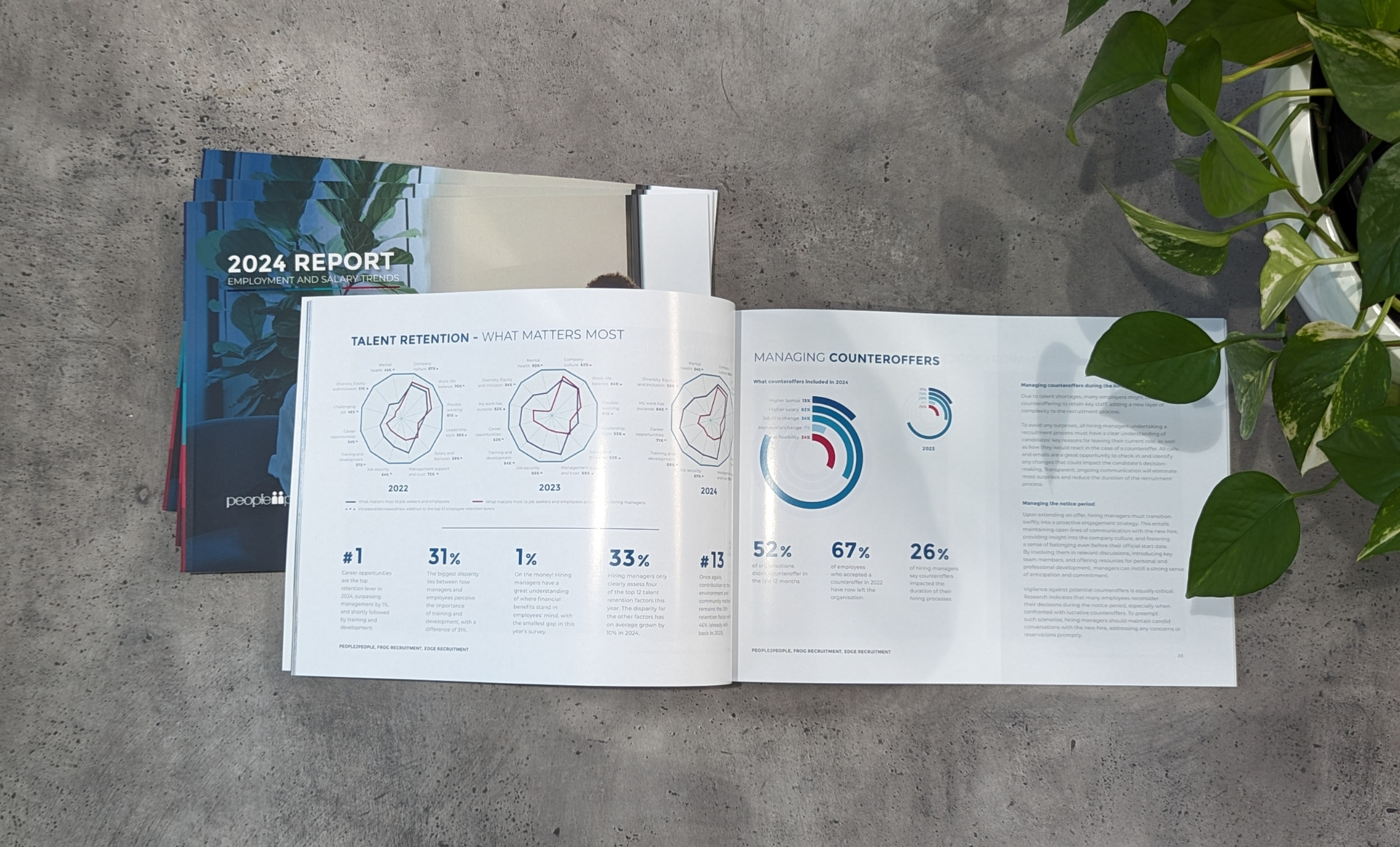Firstly, it’s hard. I have been wearing thongs (flip flops for you non-Australians!) for the past 6 months and quite frankly, I did not want to put on my closed toe shoes this morning. The early rising wasn’t an issue – I have a five month old baby and there isn’t any such thing as a sleep in, but I did have to sadly put the active wear back in the wardrobe and get out the work gear. Note: wearing active wear does not mean I have been particularly active, but I was jolly comfortable whilst sitting on the couch binge watching Season 3 of The Bridge on SBS On Demand.
Here are some tips on how to make the transition back to work as easy as possible:
-
Prepare yourself mentally. Don’t try and pretend it’s not going to happen – let your brain start thinking about your work. Try to remember what you love about your job and give yourself permission to be a wee bit excited at getting back on the horse, so to speak
-
Make sure you have childcare arrangements confirmed, confirmed and confirmed again. If you are using day care – get booked in as early as you can, know the drop off and pick up times and know your emergency contacts. If you are lucky enough to have family helping out, make sure they are confirmed for pick ups, drop offs and what is going to happen if someone is sick
-
Top up your travel card (I always forget and leave it to the last minute)
-
A month before you are due to return to work, confirm your start date with your employer.
-
Confirm your working arrangements with your employer – are you planning on coming back full time / part time / reduced hours etc
The big one and the issue that causes the most stress is confirming your working arrangements. Firstly, you are entitled under Australian law , to return to the job you had before going on parental leave. If you are returning to work after taking parental leave, you have the right to request flexible working arrangements. There are some rules around this:
-
The request has to be in writing
-
The request should specifically outline what changes you would like to make to the working arrangements you had before you went on leave
-
The request needs to explain the reasons for the request
Can your employer deny your request for flexible working arrangements?
Employers can only refuse a request for flexible working arrangements on reasonable business grounds . FairWork defines reasonable grounds as:
- The requested arrangements are too costly
- Other employees’ working arrangements cannot be changed to accommodate the requests
- It’s impractical to change other employees’ working arrangements, or to hire someone new to accommodate the request
- The request would result in a significant loss of productivity or have a significant negative impact on customer service
That might read like an employer can easily refuse your request for flexible working arrangements, but it’s actually harder for them to refuse, than you think. However, they DO have the right to negotiate with you, so they may come back to you with a counter proposal and you can consider that.
If they have reasonable grounds for refusing your flexible working arrangements, then you may want to consider looking for a new job. There are many fantastic employers who are happy to offer flexible hours to great employees! Like mine!
Share this article
Useful links
Search for jobs today
Temp Jobs in United Kingdom
Perm Jobs in United Kingdom
Got a vacancy?
What's happening in the market?
Get your copy of the 2024 United Kingdom Employment and Salary Trends Report
How do I prepare for my job interview?
Get in touch
Find out more by contacting one of our specialisat recruitment consultants across Australia, New Zealand, and the United Kingdom.
Recent insights



UK's 2024 Employment and Salary Trends Report
Salary trends, talent attraction and retention strategies
Copyright © 2024, people2people
people2people partners with
CarbonInvoice to measure and mitigate any carbon emissions associated with the work we do.
Specialisations
Locations
Resources




